With summer approaching in the UK, it is time to get outside and try hill walking as a way to stay in shape. What is hill walking? This is when you are out vigorously walking or trekking in hilly or mountainous terrain, but without needing technical equipment such as ropes or specialized climbing gear.

Hill walking is quite popular in the United Kingdom, especially in Northern England, Wales, and Scotland. There is plenty of access to unenclosed and wildland since the Countryside and Rights of Way Act of 2000. The Act allows the hiker or trekker the “right-to-roam” on specific lands throughout England and Wales. In Scotland, universal access to land was solidified by the 2003 Land Reform Act which allows walkers access to land for recreational or educational purposes.
These Acts, as well as the outstanding natural beauty of the hills and mountains of the United Kingdom, allow you to get outside and enjoy nature while strengthening your cardio-respiratory system, building muscles, and for overall health, fitness, and wellness.
Health Benefits of Hill Walking
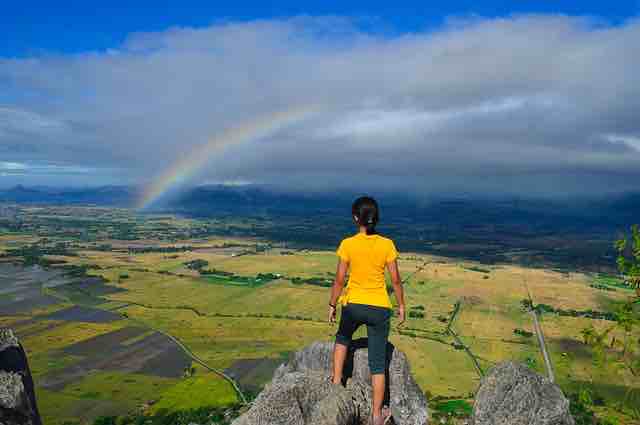
Researchers at the London School of Economics say that walking may be more beneficial than going to the gym. Of course, considerations such as weather, injuries, and time must be taken into account when embarking on hill walking for health and fitness. Walking at least 30 minutes per day can help to build bone strength, and increase the flow of oxygen-rich blood to your organs for improved overall health. Walking may be helpful in reducing blood pressure, reducing the risk of heart disease and strokes, and can help you with your weight loss journey.
Not only is trekking or hill walking good for your physical health, but it is also excellent for your mental health as well. In fact, doctors in Scotland are prescribing “nature” to help with depression, mental anxiety, and to help increase happiness.
How to Get Started Hill Walking
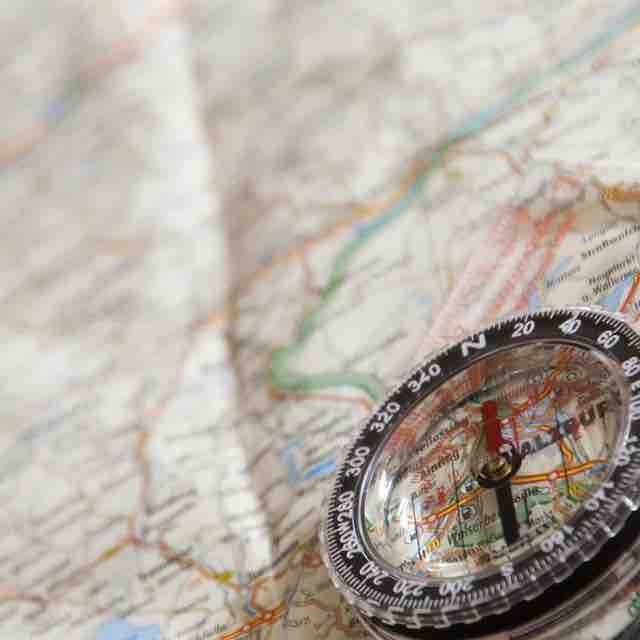
Before beginning your adventure of hill walking, be sure to check with your doctor and get their approval. Then, you want to find a pal to hike with as you never want to go alone. Always inform someone at home where you are going and what your timeline looks like. There are many great hill walking clubs that you can join and it is a great way to meet people who enjoy hill walking and being outdoors. You can also learn tips about hill walking from experienced walkers.
You will need to get kitted out, and we will talk about the essentials in a bit, but one thing that is vitally important, is that you know how to read and navigate with a paper map and compass. While GPS navigation systems are handy, they should only be used as a supplement to a map and compass. Take a course today and learn how to read a map and compass.
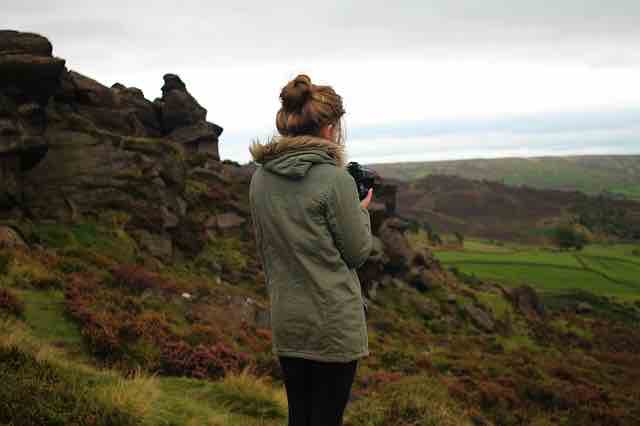
Traveling to the Lake District, Snowdonia and Scotland may not be feasible when you are just starting out, so don’t be afraid to explore areas that are close by. You can carpool with other trekkers or even hop on a bus that can drop you off at the Yorkshire Dales, the hills around Shropshire, or even the Peak District near Sheffield.
You may be quite excited to begin hill walking, but take it slowly at first. Make sure you build up your distance and difficulty level a little bit at a time. There is nothing worse than trying to tackle hill walking when you are not physically prepared for it and come back sore or hurt. Enjoy the adventure and journey!
Essential Equipment
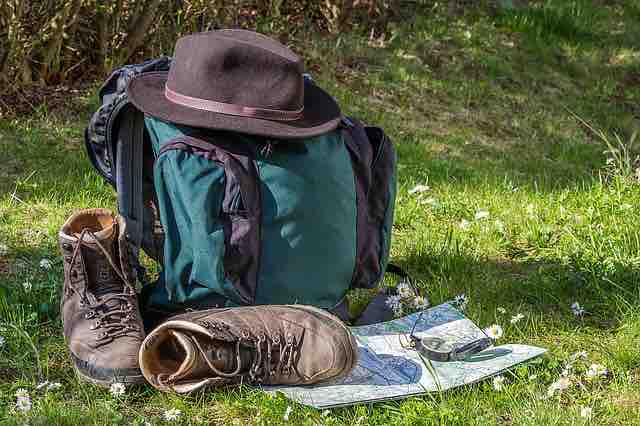
High-quality boots that fit your feet well are the foundation of your hill walking adventure. Be sure to get fitted for your boots well in advance before you begin and break them in so they are comfortable. Next, you need good socks. Many experienced walkers wear a pair of thinner cotton socks under wool ones to help avoid blisters.
Choose moisture-wicking fabrics for your base layer of clothing, then layer with windproof layers. If the weather is going to be wet, put on a waterproof layer as well. A wool hat and gloves are other basics to bring. If trekking through the bogs, wear waterproof gaiters to keep your pants dry and clean.
Trekking poles will help you stay balanced on uneven terrain and are a useful tool when walking for fitness. You use more of your upper body with poles so you can help to strengthen those muscles as well as burn more calories.

A good first-aid kit is essential. You can find excellent pre-made first-aid kits at your local outdoor retailer or even online. Make sure you have a small first-aid booklet with you and know what is in the kit and how to use it.
As discussed earlier, always carry a map and compass and a communication device. There are many types of Personal Locator Beacons that you can carry for a dire emergency. Only use these if absolutely necessary!
You will need a bivy bag to carry everything with you. What size and style you choose is a personal preference. Go to an outdoor store and speak with an expert who can help you with sizing for your unique body shape.
Food & Water

Water is heavy and you will be limited by how much you can carry, but it is essential to stay hydrated while hill walking. There are sources of water while you are hill walking, but do not EVER drink water that is not filtered. Carry a water purifier and use it. There are hundreds of styles, so do some research and find one that works for you.
Depending on how long you are going for, you will need food to keep you fueled up and keep your blood sugar levels stabilized. Isagenix Whey Thins and Harvest Thins have protein, carbohydrates, and healthy fats to keep you going. Nuts and dried fruit are easy to carry and are nutrient dense. Dried organic beef jerky provides needed protein and they are good to snack on. Always carry extra food in case of an emergency. You don’t want to worry about nutrition if you are delayed in returning to your car.
Post Hike Recovery
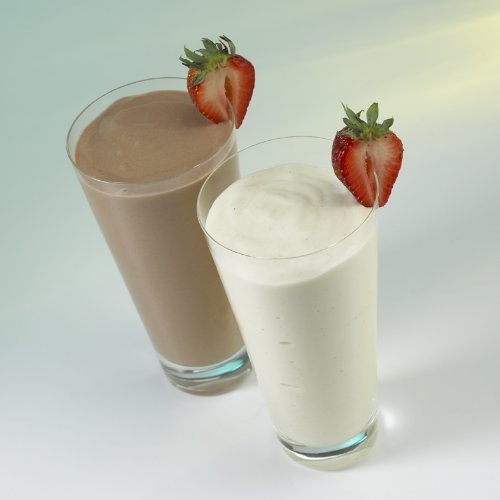
Once you have finished your awesome hill walking adventure give your self a big pat on the back for a job well done! You will want to replenish your body with proper nutrients after your hike. Isagenix IsaLean Shakes are perfect as they have balanced proteins, carbohydrates, fats, vitamins, and minerals that your body will love. In addition, drink Isagenix AMPED Hydrate to replenish lost electrolytes.
Be sure to stretch your muscles, hydrate, and get plenty of rest after hill walking. Then start planning your next adventure and enjoy hill walking for fitness and pleasure for years and years.


 Because there are no set rules when adding intermittent fasting to your lifestyle, there can be a bit of confusion about how to even do it. If
Because there are no set rules when adding intermittent fasting to your lifestyle, there can be a bit of confusion about how to even do it. If 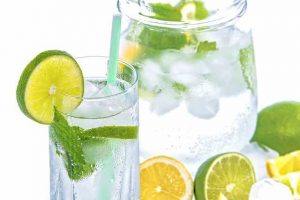 Research has shown that by restricting calories during a set period of time, intermittent fasting, you may lose weight, as well as other health-promoting effects. Much of the research is based on factors that are influenced by our
Research has shown that by restricting calories during a set period of time, intermittent fasting, you may lose weight, as well as other health-promoting effects. Much of the research is based on factors that are influenced by our First, Isagenix promotes safe and healthy weight loss while maintaining lean body mass, and second, continued adherence to Isagenix weight loss tools can help one maintain that weight loss long term.
First, Isagenix promotes safe and healthy weight loss while maintaining lean body mass, and second, continued adherence to Isagenix weight loss tools can help one maintain that weight loss long term.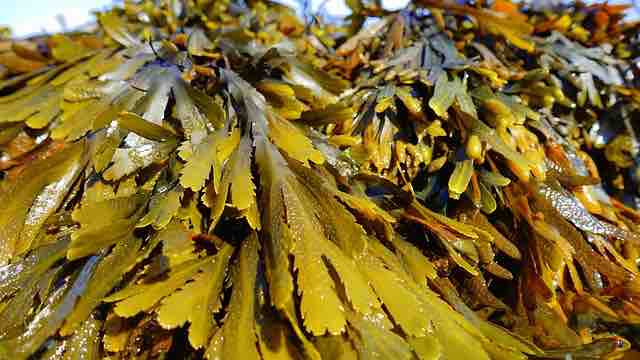 Would you like to learn how to harvest your own tasty and nutritious seaweeds along the rocky coast of the UK? With a bit of knowledge and a few tools, you can make an outing to the shore productive by gathering your own healthy sea vegetables!
Would you like to learn how to harvest your own tasty and nutritious seaweeds along the rocky coast of the UK? With a bit of knowledge and a few tools, you can make an outing to the shore productive by gathering your own healthy sea vegetables!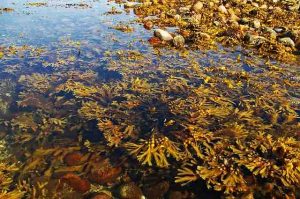 Brown Alga
Brown Alga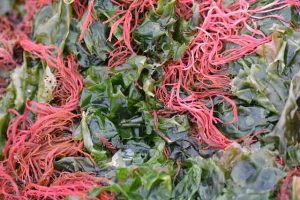 Seaweeds are loaded with
Seaweeds are loaded with  With a few tools, a tide chart, and some knowledge of your area, harvesting seaweed is actually quite simple. First though – always think safety!! You will need really good shoes or waterproof boots with excellent traction for walking on slippery rocks. Wearing a wetsuit in cold waters that surround the UK is highly advisable. Never go harvesting alone and always have a first aid kit on hand, you could slip and fall or cut yourself. Harvest smartly! Make sure the area where you are gathering seaweed from is in
With a few tools, a tide chart, and some knowledge of your area, harvesting seaweed is actually quite simple. First though – always think safety!! You will need really good shoes or waterproof boots with excellent traction for walking on slippery rocks. Wearing a wetsuit in cold waters that surround the UK is highly advisable. Never go harvesting alone and always have a first aid kit on hand, you could slip and fall or cut yourself. Harvest smartly! Make sure the area where you are gathering seaweed from is in 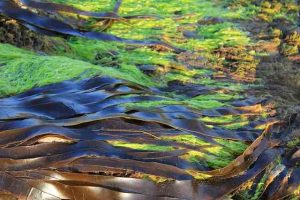 water. Then, hang the strands to dry in the sun. This should not take very long, depending on the weather. Once they are dry, seal them an airtight container and store in a cool, dry location.
water. Then, hang the strands to dry in the sun. This should not take very long, depending on the weather. Once they are dry, seal them an airtight container and store in a cool, dry location.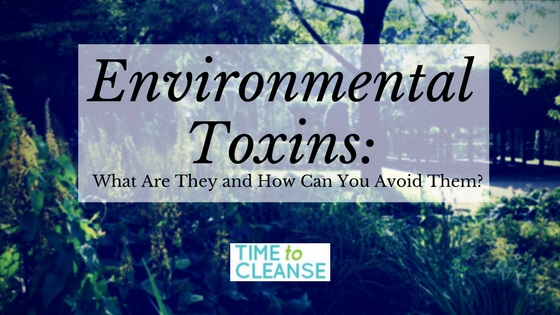
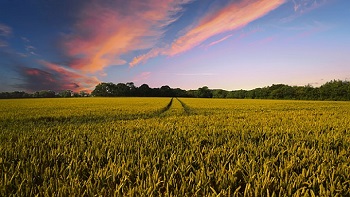 harm your body than to nourish it. Many
harm your body than to nourish it. Many 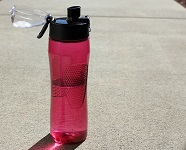 You’ve likely heard of
You’ve likely heard of 
 Some of the most common exposures to toxins come from the products we use to make our homes clean, like air fresheners and floor cleaners. Many home cleaning products can contain man-made chemicals that affect indoor air quality and can leach onto furniture, walls, and carpets. These toxic substances may cause health problems such as
Some of the most common exposures to toxins come from the products we use to make our homes clean, like air fresheners and floor cleaners. Many home cleaning products can contain man-made chemicals that affect indoor air quality and can leach onto furniture, walls, and carpets. These toxic substances may cause health problems such as